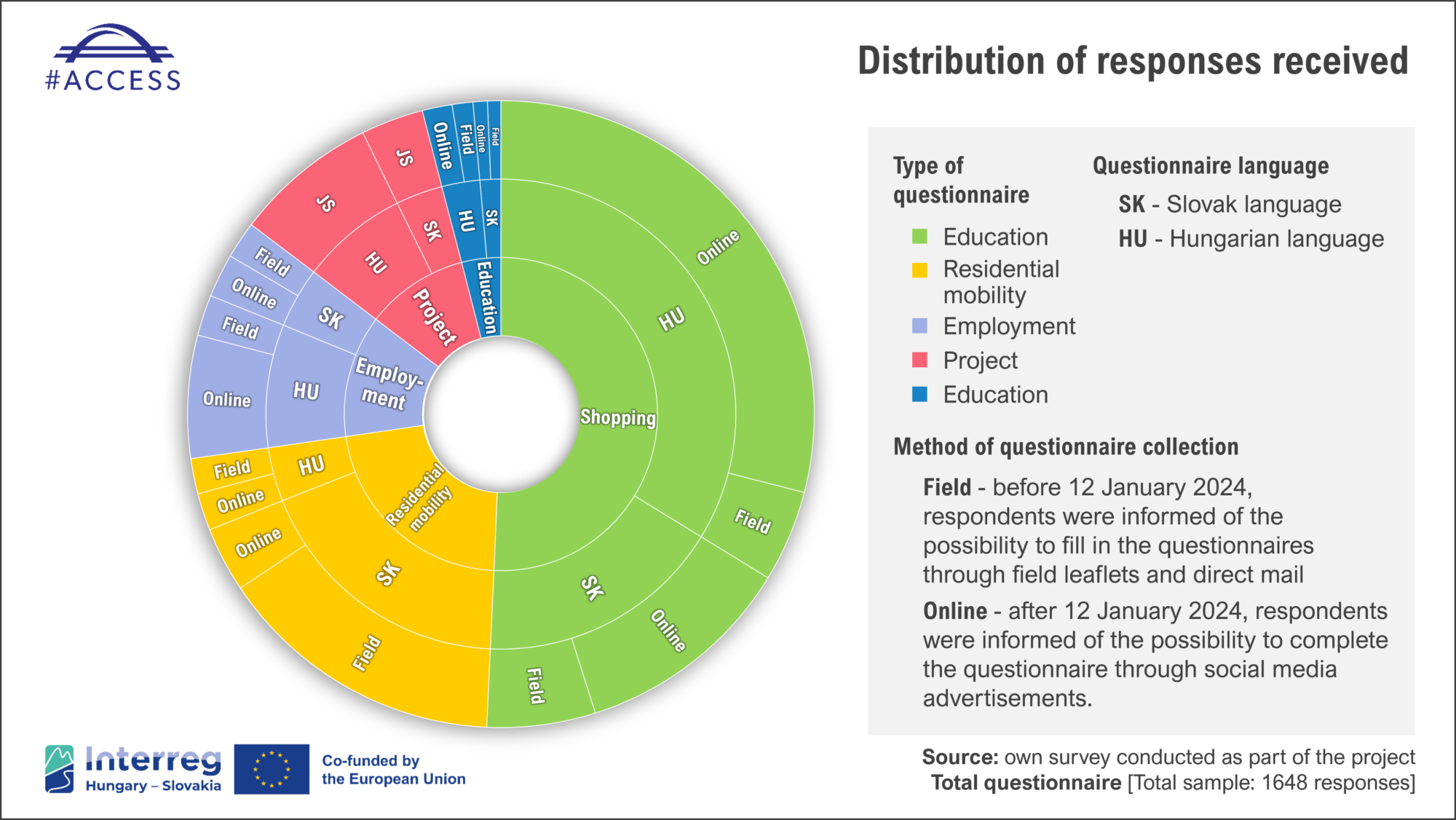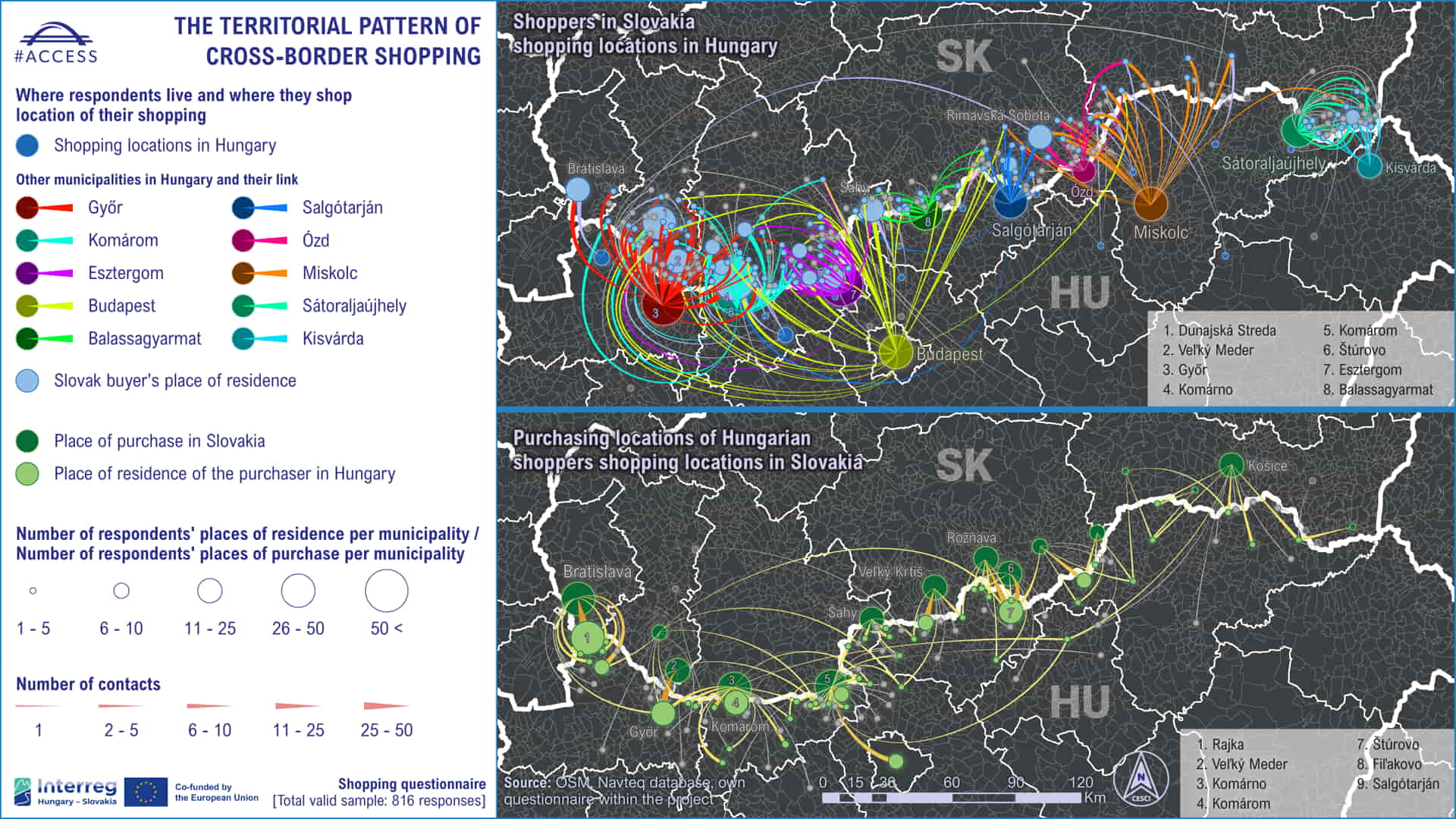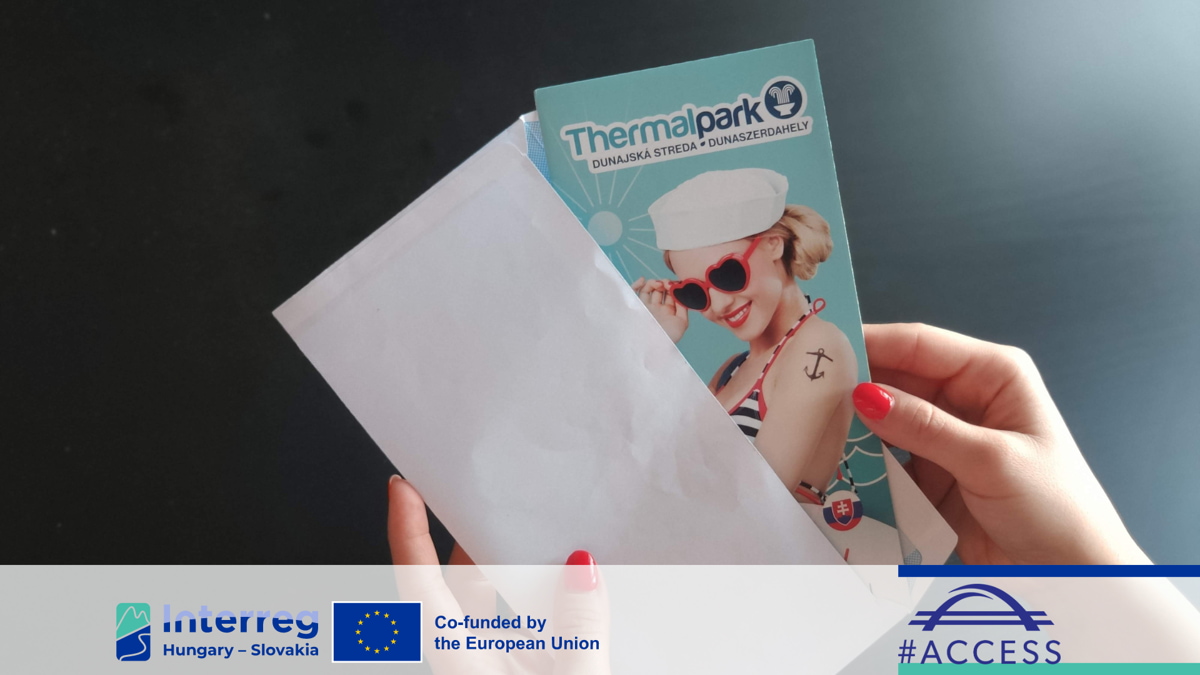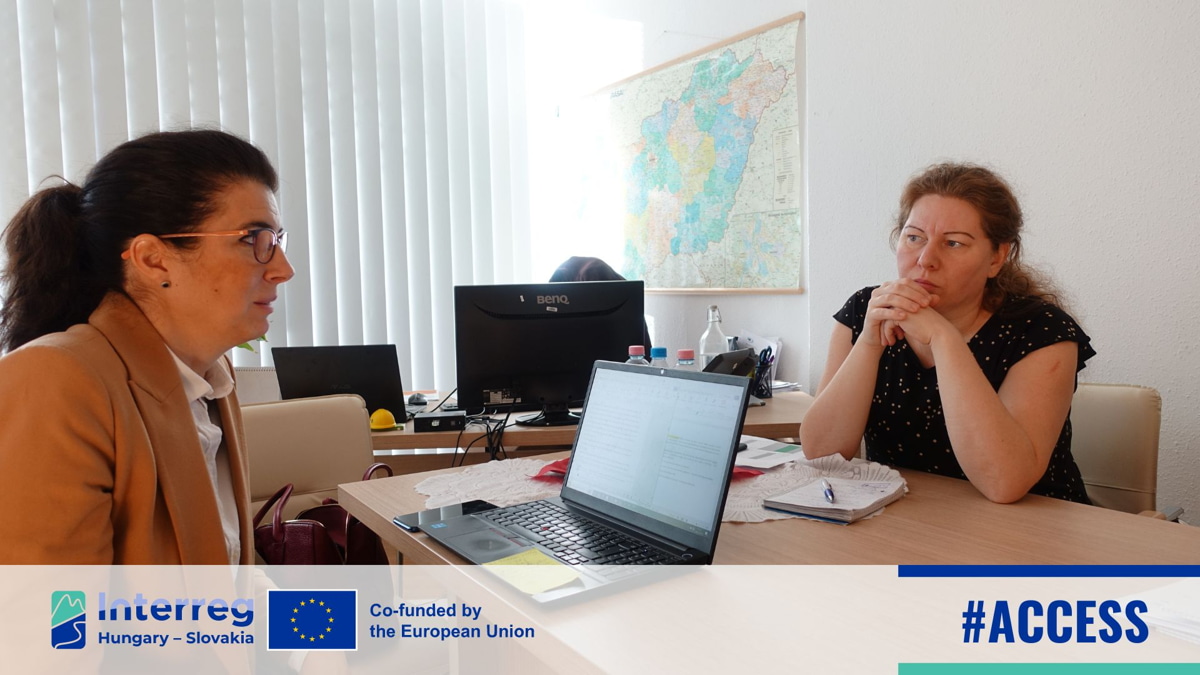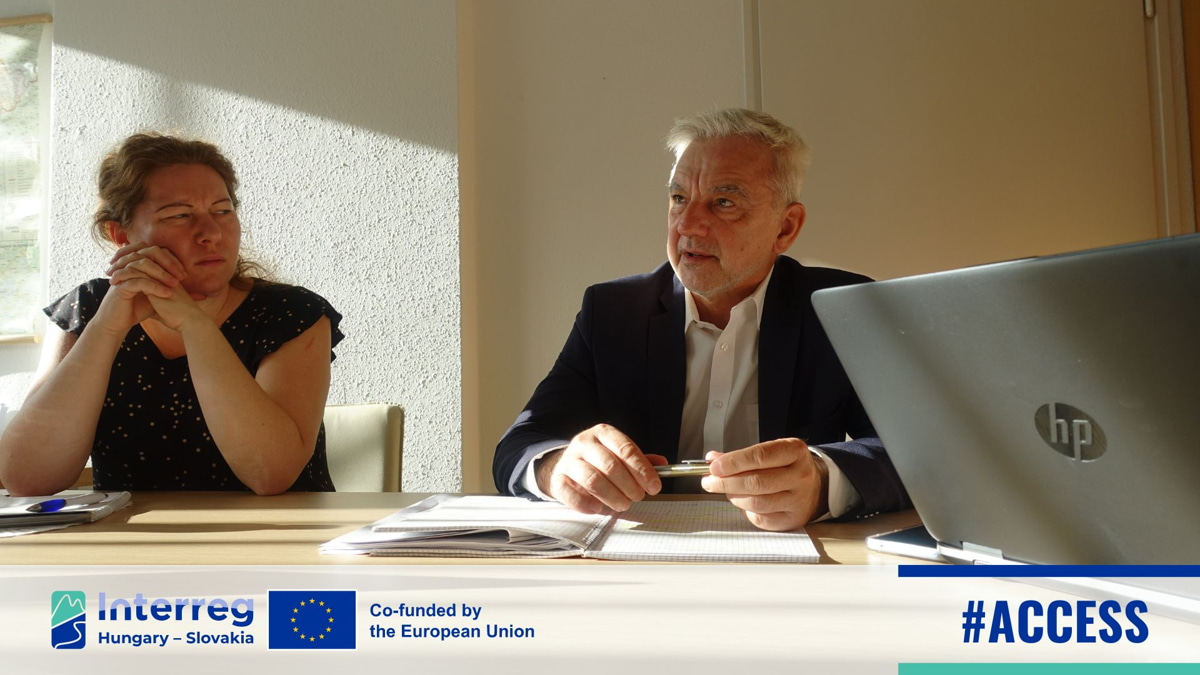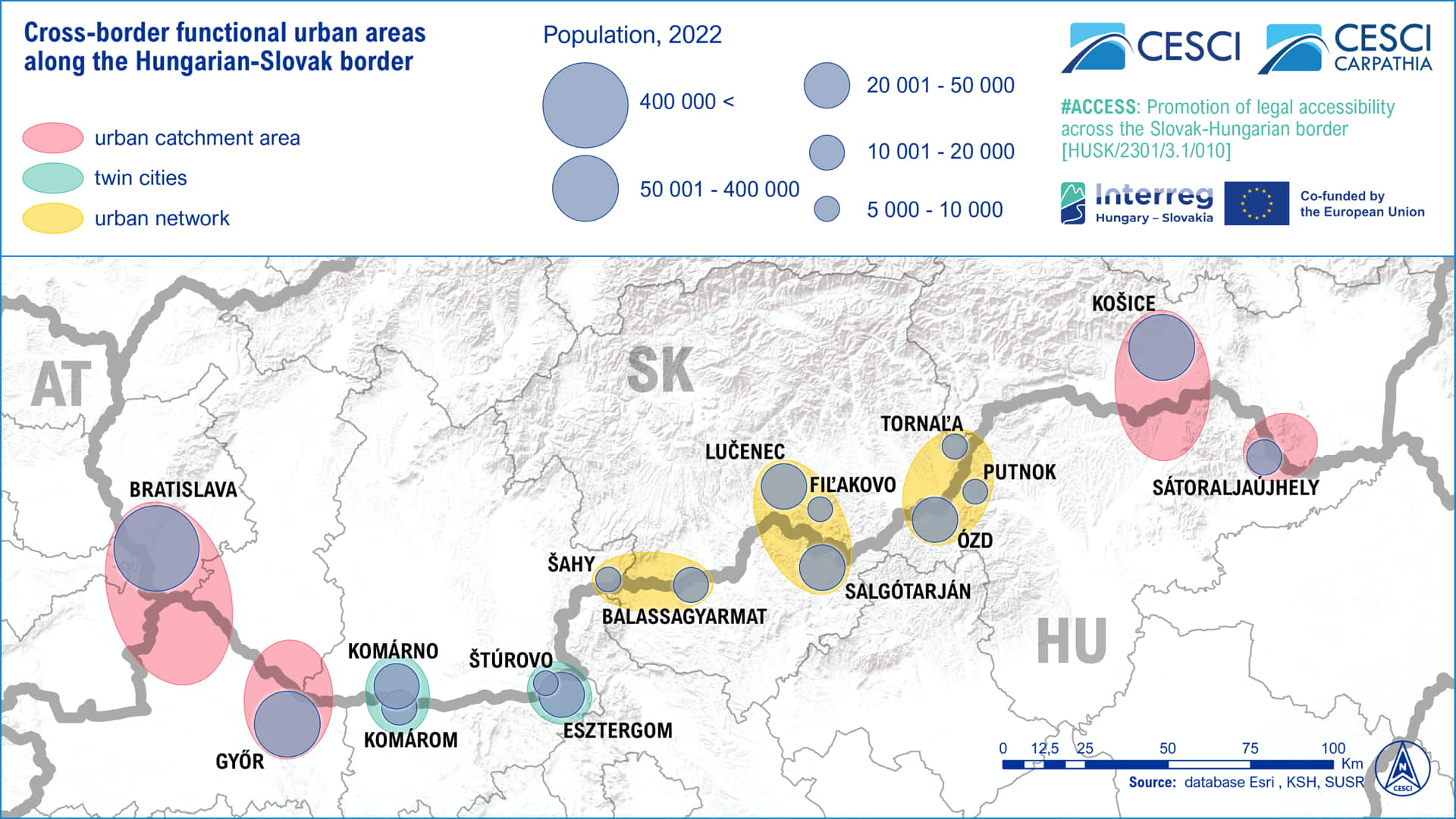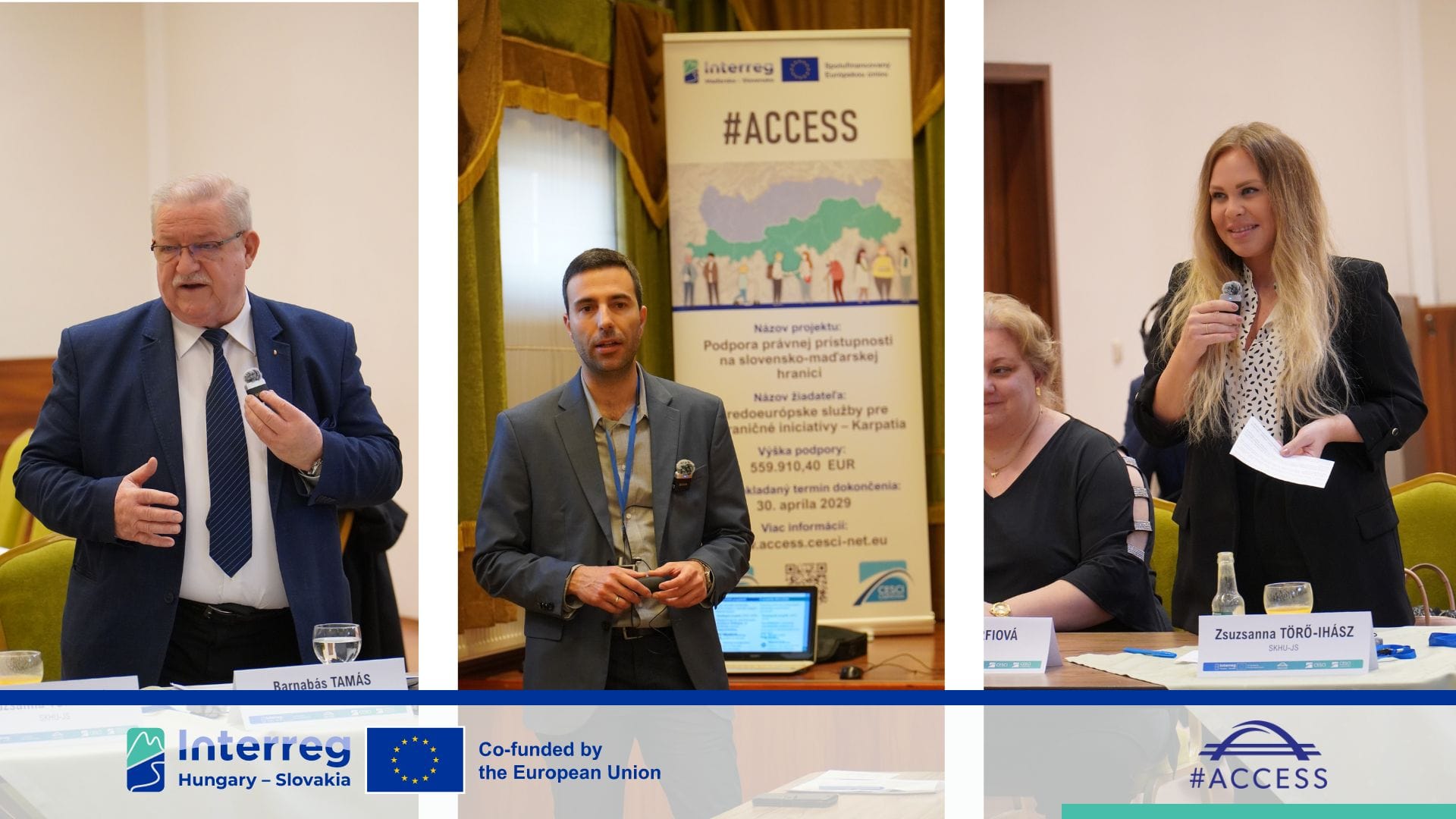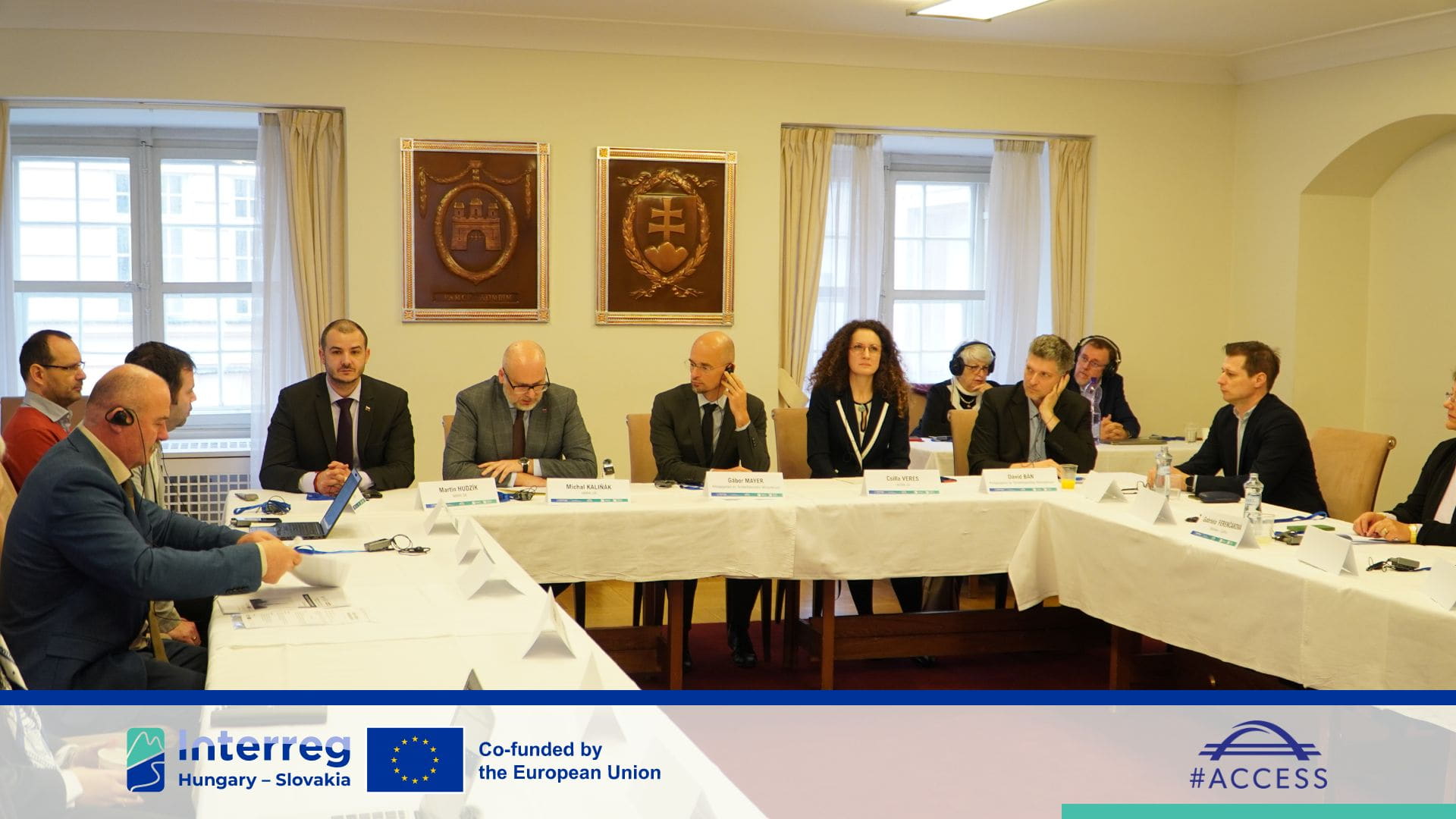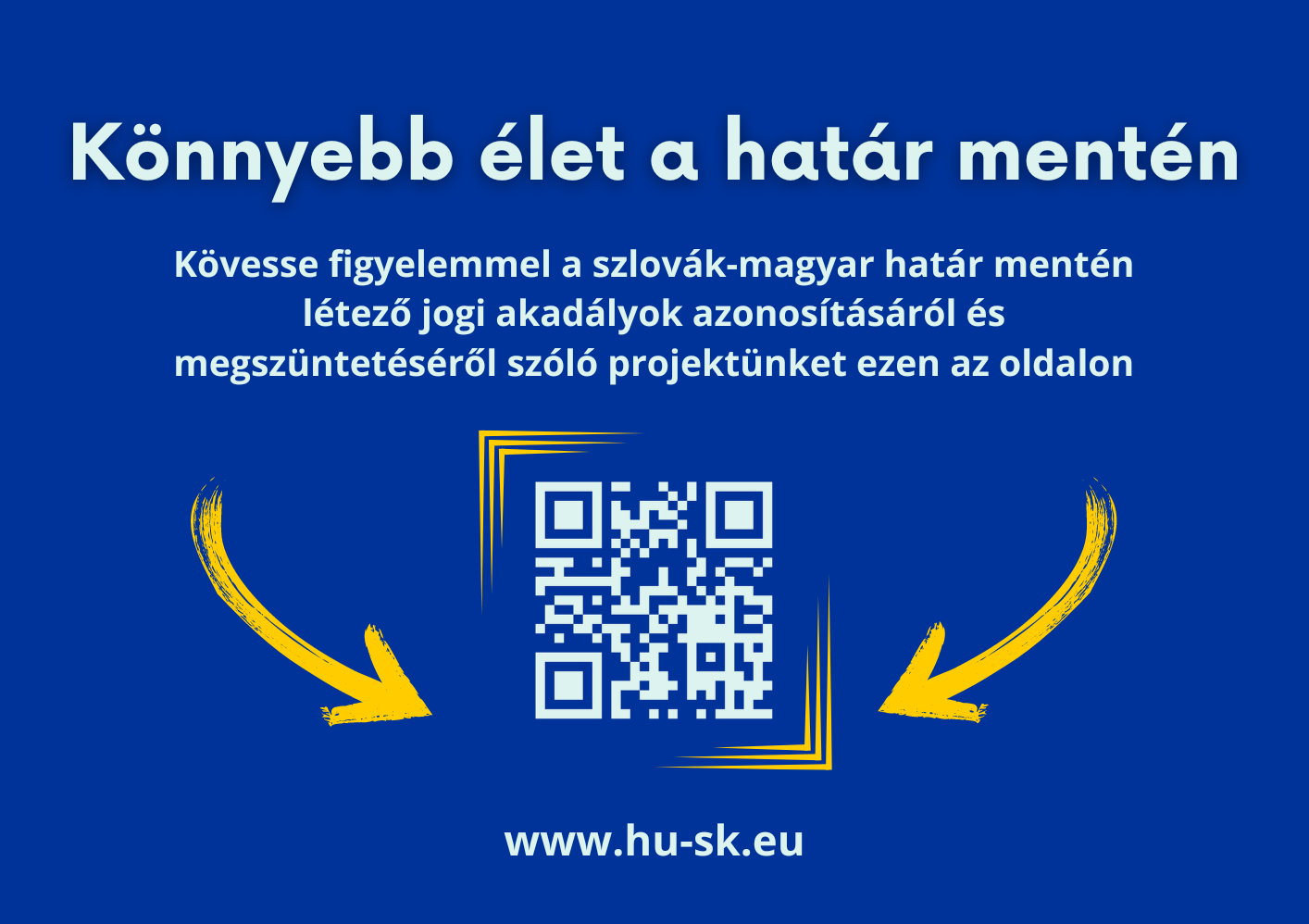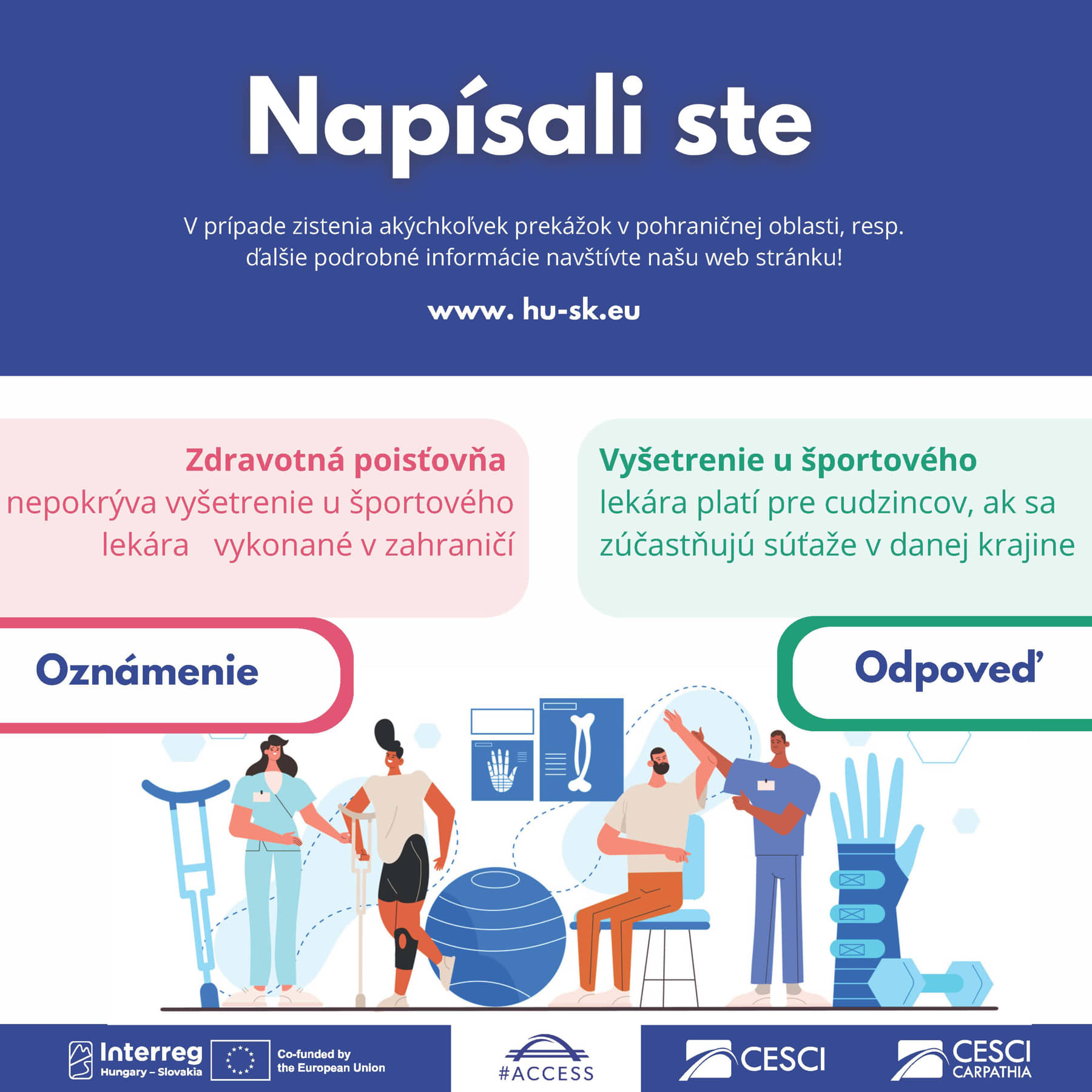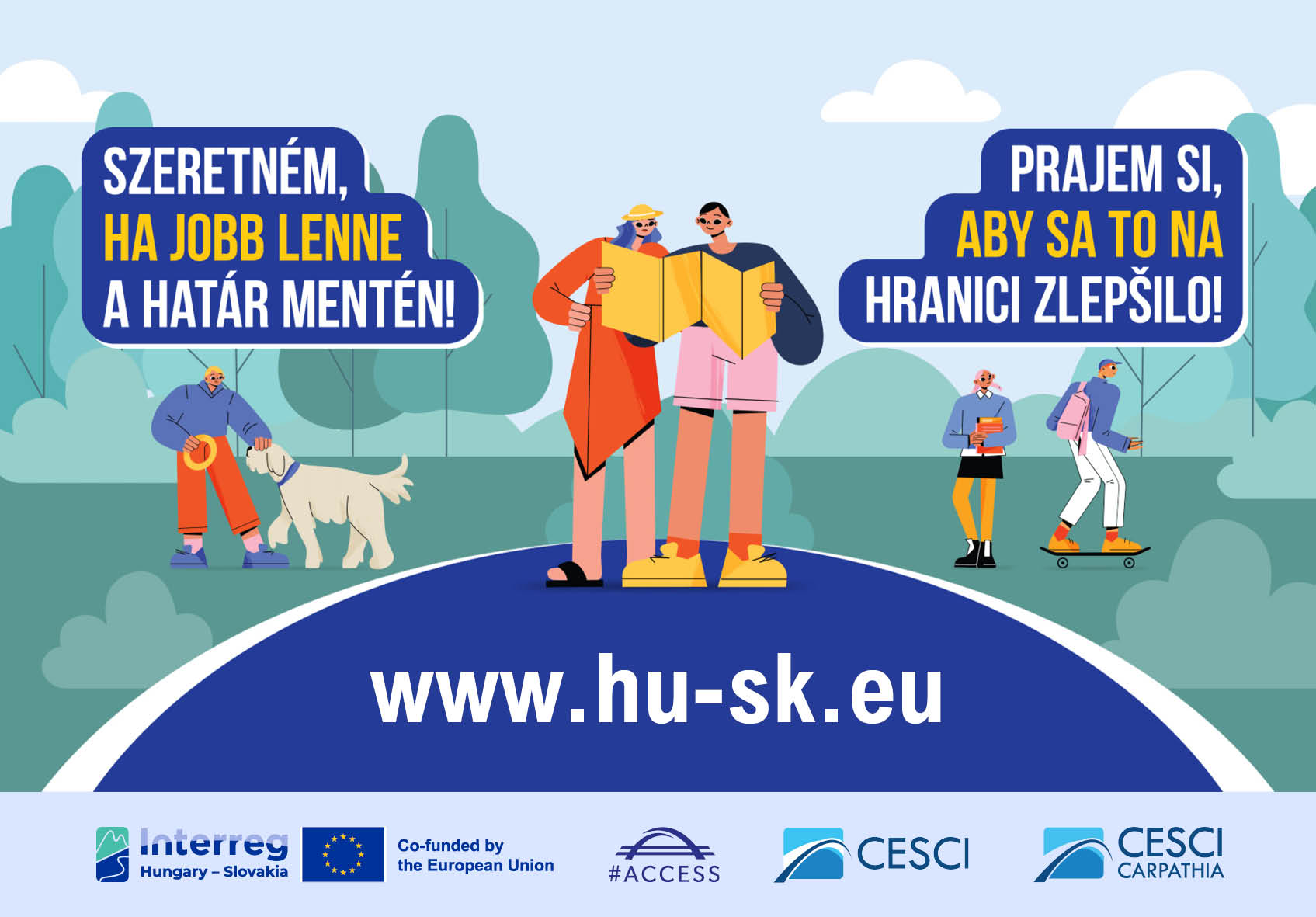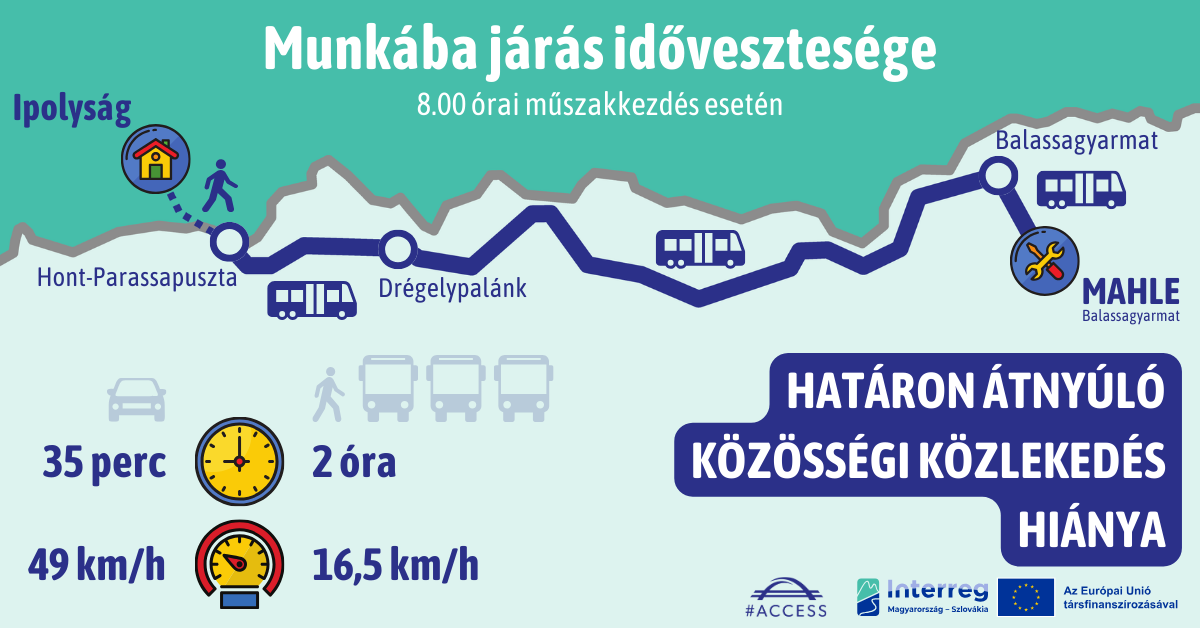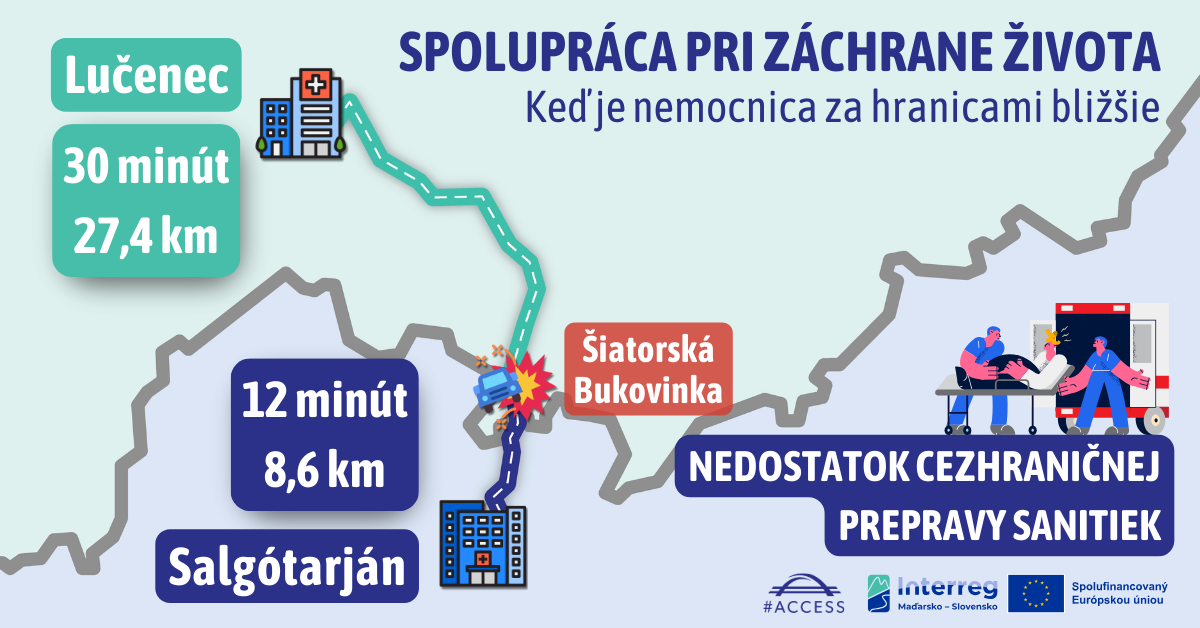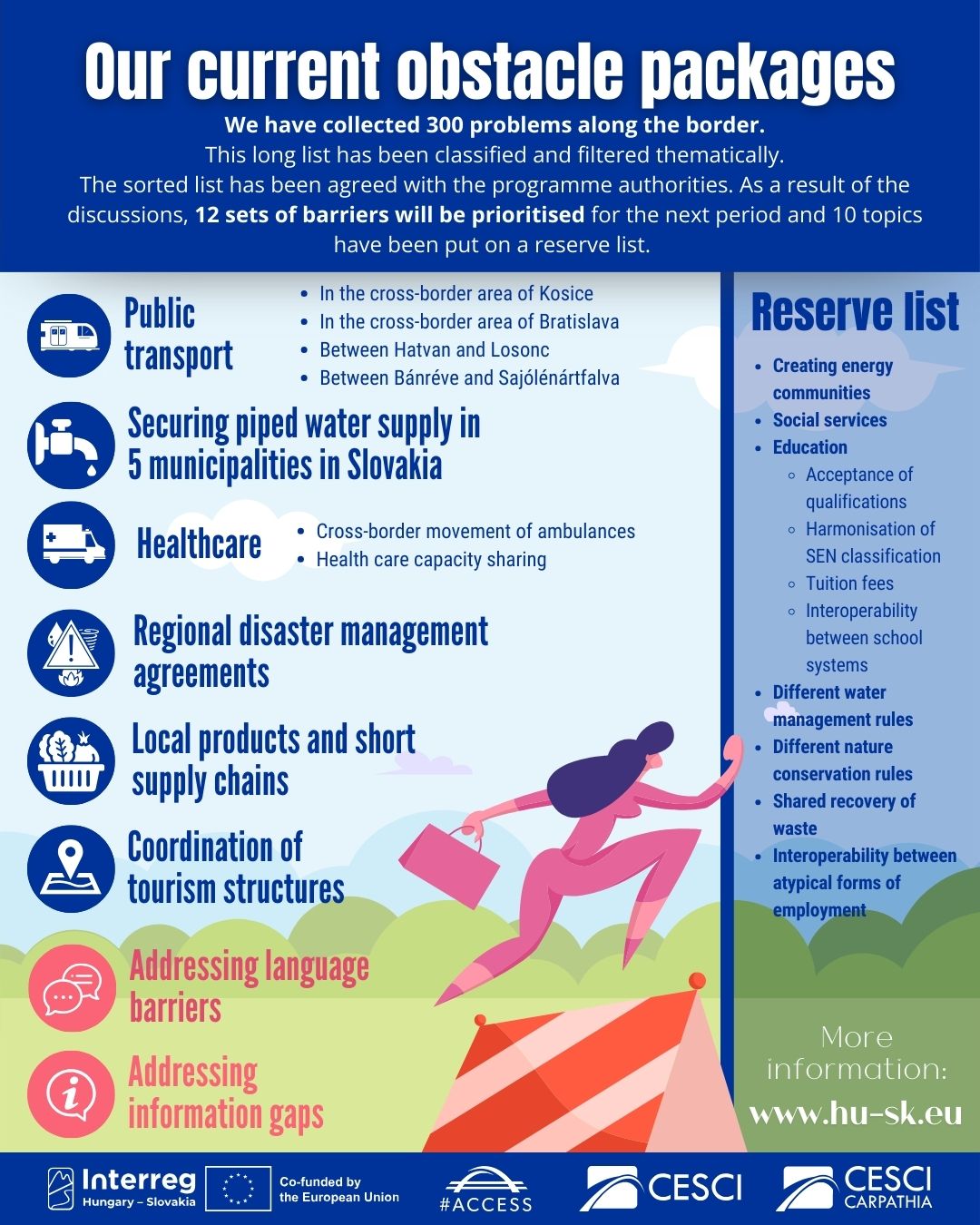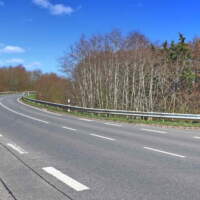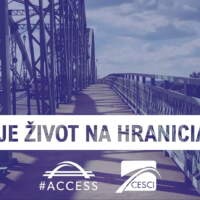The survey was carried out on five topics: cross-border shopping, employment, education, settlement and project implementation. The sample of 1,609 valid responses shows that residents of the Slovak-Hungarian border region face a number of difficulties in cross-border mobility and cooperation, many of which are legal in nature. According to respondents, there are difficulties in using business services such as banking, buying products and exchanging currencies, where legal barriers and lack of information are a significant problem. Similar challenges are encountered when dealing with formalities, employment and health care. Lack of language skills is also a major barrier, as the absence of bilingual signs and language deficits in official contacts make daily life difficult for people living along the border. Attending educational institutions and teleworking can also be problematic due to financial obligations and security restrictions. But even projects supported by the Interreg programme face technical and administrative challenges.


